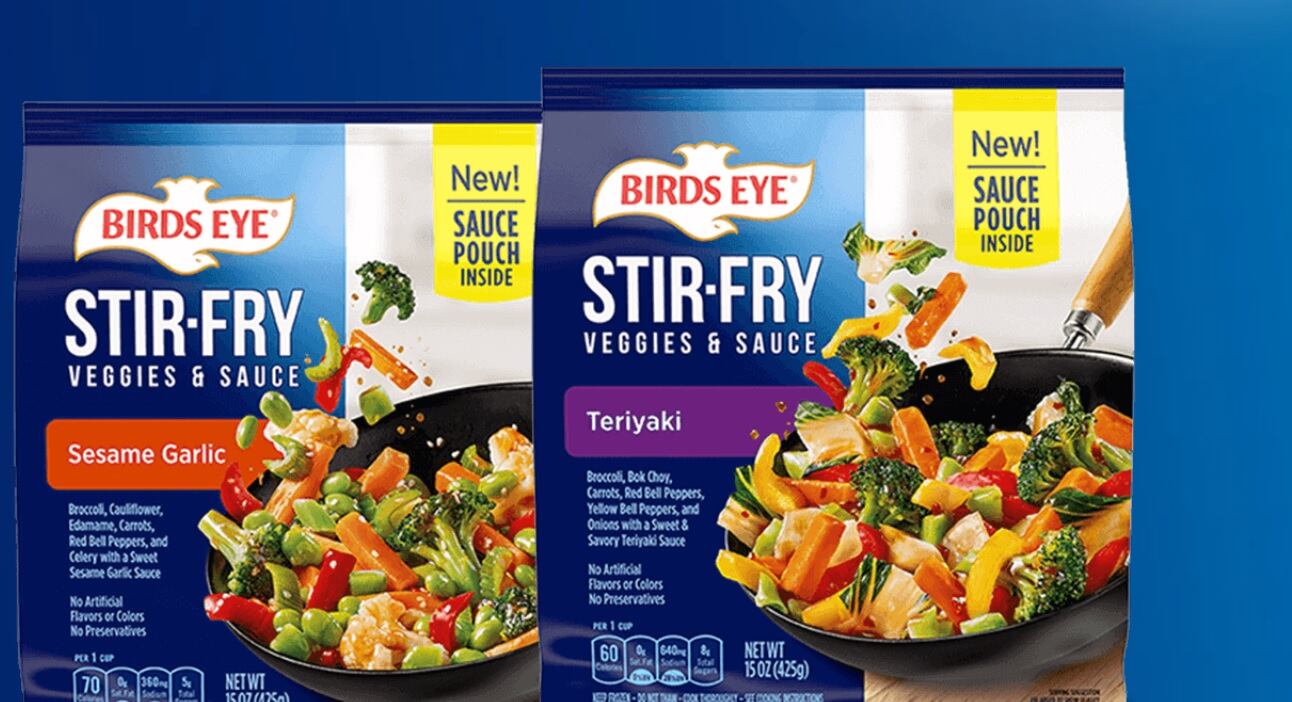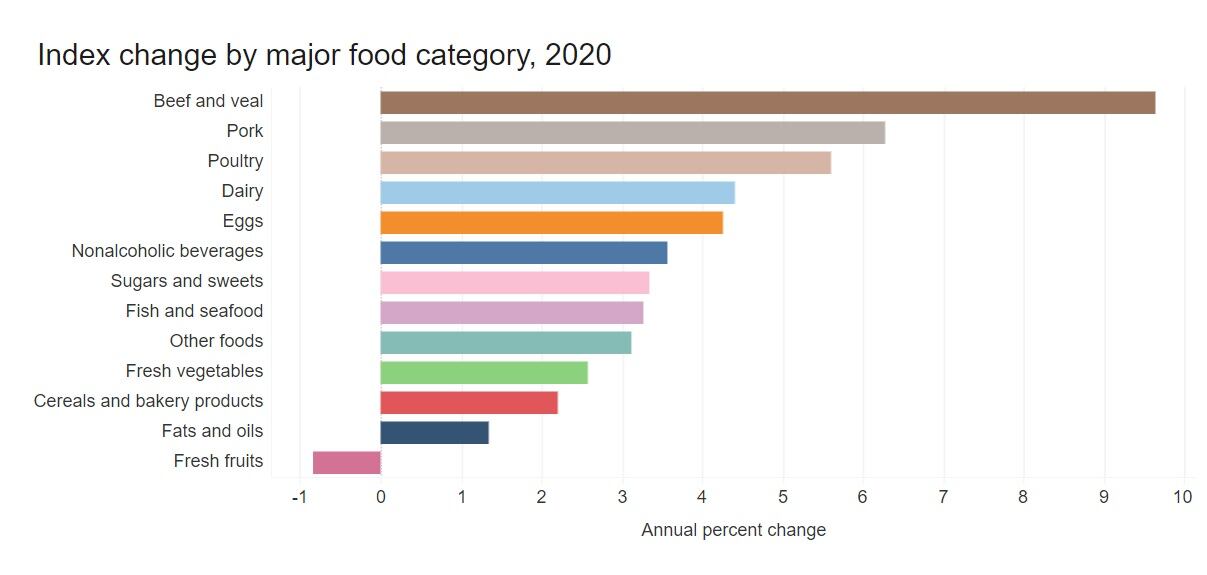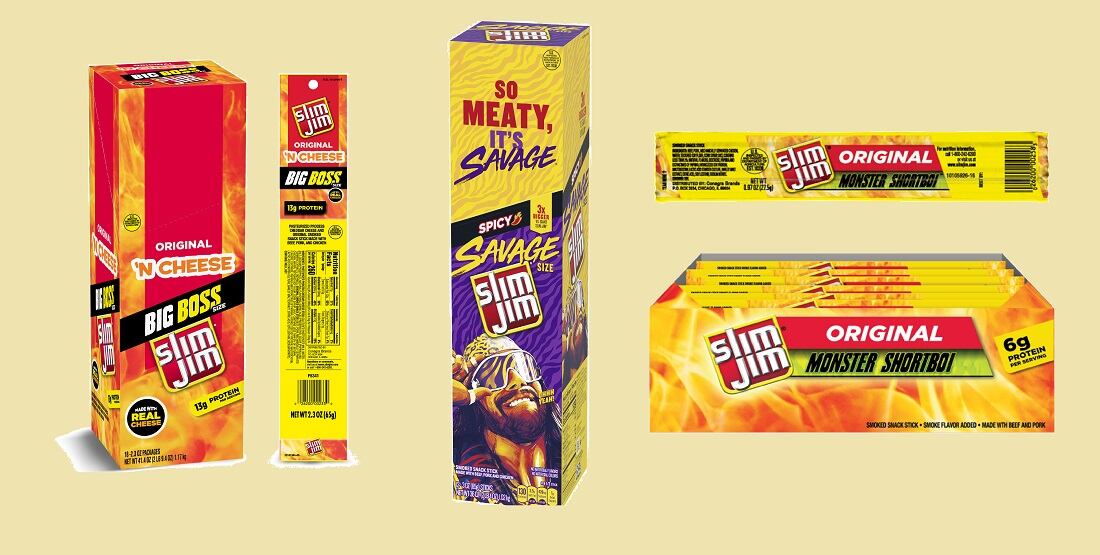“We face a number of factors that have converged to create a persistently challenging operating environment – things like sustained elevated demand alongside a protracted pandemic and a strained supply chain and acute inflation,” Connolly told investors Jan. 6 during the company’s second quarter earnings call.
“But,” he added, “against that backdrop, I’d say our team has done a remarkable job preserving and doing everything possible to keep food in consumers’ hands – particularly in Q2, which is our largest volume quarter.”
Keeping store shelves stocked during the holidays was not easy, and took a toll on the company’s margins, said Connolly, but he added that he believes the investment will pay off long term.
“We made some strategic decisions to service the heightened consumer demand we continue to experience, as the entire industry incurred transitory costs associated with labor shortages, supply issues on materials, and transportation costs and congestion challenges. During our Q2, we chose to invest in our supply chain and service orders – this deliberate decision ensured we could deliver food to our customers and consumers, especially during the holiday season,” Connolly said.
The trade off was negative impact on Conagra’s margins during the quarter, which dropped 435 basis points to 13.4% and the adjusted margin dropped 500 basis points to 14.6%.
However, Connolly said he is confident that the company’s “purposeful approach better positions our portfolio for the future.”
He explained, “Maintaining physical availability is an important part of building trust with customers and maintain consumer loyalty. The bottom line is that amid the supply disruptions seen across the industry, we remain focused on building for the long-term.”
Absenteeism, inflation persist
That said, the short term likely will remain challenging as absenteeism and inflation are climbing due to an omicron-fueled surge in coronavirus cases.
For example, the cost of goods due to inflation came in approximately 100 basis points higher in the second quarter, pushing Conagra to increase its total inflation estimate for the year from 11% to 14%. It expects inflation in the second half of the year to be roughly 11.5% compared to 6.5% last year, said CFO Dave Marberger.
He added that the company also expects some of the additional costs incurred in Q2 to support shipments and getting product to consumers will continue in Q3 given the continued challenges in the supply chain.
However, he added, “we are forecasting that this complexity will gradually improve as we approach Q4 and the March timeframe.”
Similarly, Connolly said, the company is seeing an uptick in positive coronavirus cases, but he expects omicron to be ease in the next months.
Additional pricing is ‘critical’
To further help manage costs, Connolly said Conagra will raise prices incrementally and modify its merchandising plans in Q3 and Q4.
“The additional pricing actions, which are critical, we announced in December and they were accepted and will have a small impact in Q3 given the timing, but we will have a much bigger impact on Q4 from the pricing,” as it catches up with inflation, Marberger explained.
The price increases are on top of hikes that went into effect already across Conagra’s frozen, snacks and staples portfolio. In frozen, prices went up 2.6% in the first quarter and 10.3% in the second over the previous year. In snacks, the increases were 4% in Q1 and 6.2% in Q2 year-over-year. The staples segment saw the lowest increase with 2.8% in Q1 and 4.9% in Q2, according to the company.
While some of these increases may sound high, Connolly said that consumers continue to buy Conagra’s products – a reflection of the company’s value proposition and efforts to modernize its product mix.
A brighter future
While omicron will continue to increase pressure, Connolly is confident that Conagra will “preserve” thanks in part to pricing but also structural differences between Q2 and Q3, including a 5-10% drop in volume on average between the quarters and a move to tighten merchandising activity compared to the previous year in Q3.
Add in the company’s geographically diverse manufacturing footprint that does not rely on one mega-plant that could be taken out if COVID-19 cases spiked, and other efficiencies such as SKU simplification, Connolly said Conagra is well positioned.
As such, the company affirmed its adjusted EPS guidance for fiscal 2022, even though Connolly said it will take a different path to achieve it, including an expected increase in organic net sales growth to 3% versus prior guidance of approximately 1% and adjusted operating margins of 15.5% versus previously expected 16%.




